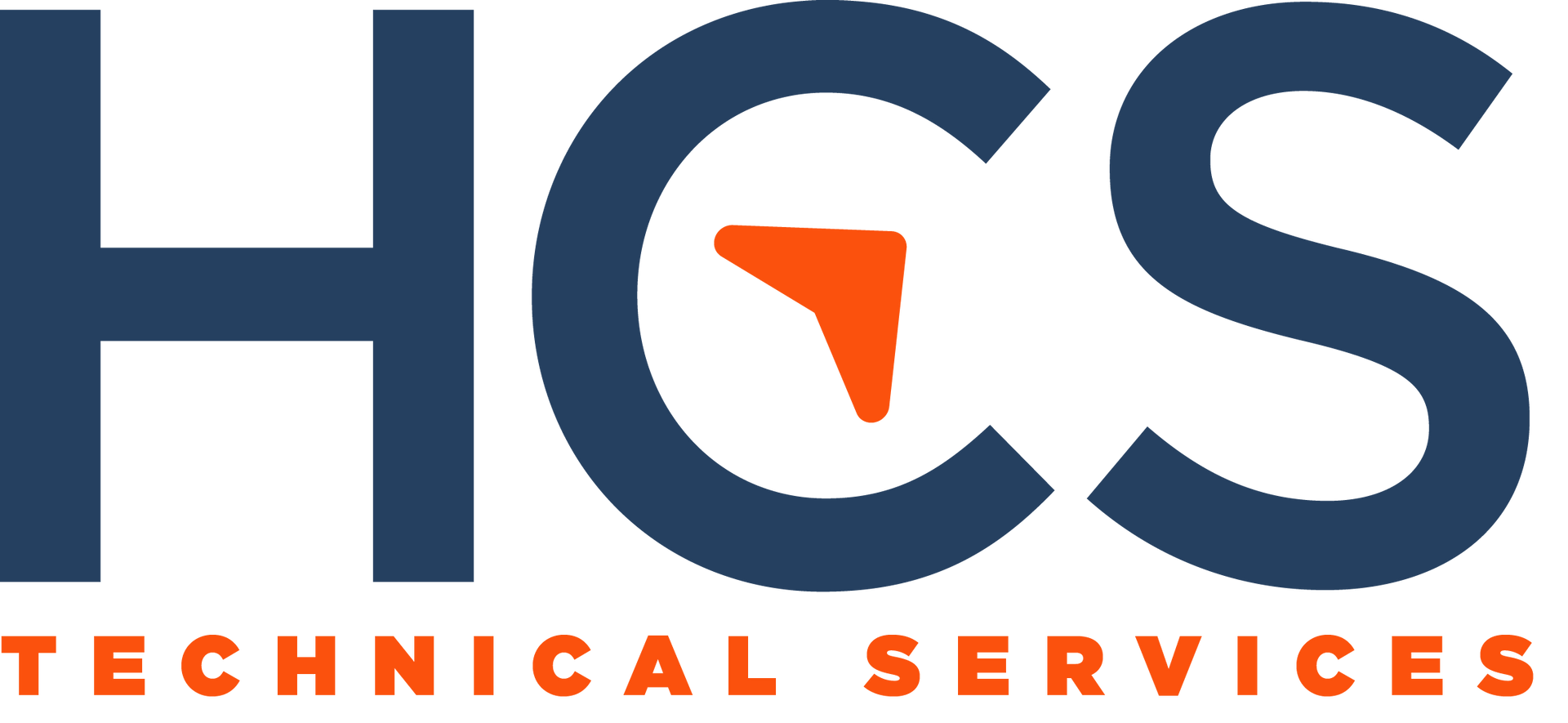Is It Safe to Use Open Source Software for My Business?
Balancing Innovation and Security: Navigating the Open Source Landscape

Open source software (OSS) offers numerous benefits, including flexibility, innovation, and cost savings. However, using unvetted OSS can expose your business to significant security risks, potentially compromising your data integrity and business operations. So, is it safe to use open source software for your business, and how can you navigate these waters safely?
The Solution: Implement Rigorous Evaluation and Monitoring Practices
The key to safely using open source software is to implement rigorous evaluation and ongoing monitoring practices for any OSS you choose to deploy. By thoroughly vetting the software before use and continuously monitoring it for potential vulnerabilities, you can harness the benefits of OSS while minimizing the risks to your business.
Actionable Tip: Conduct a Thorough Security Audit
Before integrating any OSS into your business operations, conduct a thorough security audit. This should include checking the software's community activity, update frequency, and known vulnerabilities. Ensure that the software complies with your company's security standards and policies.
Once the software is in use, regularly monitor for any new vulnerabilities or updates, and apply patches promptly to maintain security. It's also crucial to keep an inventory of all OSS used in your organization to ensure that nothing slips through the cracks.
The Key Benefits of Safely Using Open Source Software
- Enhanced Security: By carefully vetting OSS before use and continuously monitoring it, you reduce the risk of introducing vulnerabilities into your IT environment. This helps protect your business's sensitive data and ensures the stability of your operations.
- Cost Efficiency: Properly managed OSS can be a cost-effective alternative to expensive proprietary software, as long as it is securely maintained. By using OSS, you can reduce software licensing costs without compromising on functionality or security.
- Access to Innovation: Open source software often leads at the forefront of technology and innovation. By leveraging OSS, your business can gain a competitive edge by accessing cutting-edge tools and features that may not be available in proprietary software.
- Community Support: Active open source projects benefit from robust community support and collective troubleshooting. If you encounter issues with the software, you can often find solutions and guidance from the project's community of developers and users.
Safely Harnessing the Power of Open Source Software
Ensuring the security of open source software is essential to harness its full potential without compromising your business's security. Taking the time to vet and monitor OSS can protect your systems and data effectively, while still allowing you to benefit from the flexibility, innovation, and cost savings that OSS provides.
Get Expert Guidance on Secure OSS Deployment
For guidance on safely implementing open source solutions, consider partnering with HCS Technical Services. Their team of experts can help you evaluate potential OSS options, conduct security audits, and develop a strategy for ongoing monitoring and maintenance.
Using open source software can be safe and beneficial for your business, as long as you navigate these waters carefully. By implementing rigorous evaluation and monitoring practices, conducting thorough security audits, and partnering with experts, you can harness the power of OSS while keeping your business secure. Don't let the risks of unvetted OSS hold you back—start safely navigating the world of open source today.
HCS Technical Services











